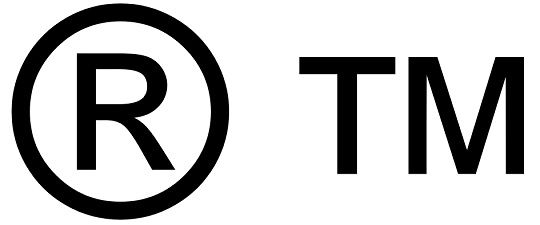The trademark application procedure might be confusing, so you should understand what the US Patent and Trademark Office is looking for when you apply.

One of the most exciting aspects of launching a new company is coming up with a distinctive business name. This name is an important part of your brand, and it’s a good idea to protect it with a registered trademark.
A registered trademark grants you exclusive rights to use that term to identify your goods or service, notifies everyone that you own that trademark, and prohibits others from using it or piggybacking on your brand.
Here are some tips to assist you understand how to trademark a name and what you should know before applying for trademark registration.
Table of Contents
What Exactly Is Common Law Ownership?
As soon as you begin selling your product or service, you enjoy “common law ownership” of the name without needing to register it legally. However, common law rights are limited in scope.
One disadvantage of common law ownership is that your name is only protected in the geographic region where it is used. However, when you register a trademark with the United States Patent and Trademark Office (USPTO), your trademark rights are protected across the United States. This is particularly useful if you want to offer your goods or services outside of your immediate vicinity.
Similarly, common law ownership provides relatively minimal protection in the case of a judicial dispute over your name. You may sue for trademark infringement in federal court if you have a federal trademark registration. If you really want improved protection, you should register your trademark as soon as feasible.
What is the Process of Filing a Trademark Application?
Your application must be submitted with the USPTO and must contain the following information:
The owner of the mark’s name and address
The name you want to protect
The items or services for which you want to register your name
Use “in commerce” (if you are currently using your name in business) or “intend to use” (if you haven’t begun using it yet) as the foundation for your file.
If your application is based on commercial usage, offer a specimen such as a label or a box that demonstrates your name in use (if you file on an intent to use basis, you will provide this later)
What Should You Expect Following Filing?
Your trademark application is assigned to a USPTO examining attorney for evaluation after you apply. If a problem is identified, you will get a letter called as an Office action that will explain the situation and offer you 6 months to react. If you do not reply to Office actions within that time frame, your application will be refused.
If your application meets all conditions, your trademark will be authorised for publication in the Trademark Official Gazette of the USPTO. This provides others a chance to speak out against it. If there is resistance, you may need legal help to win.
What Are the Most Common Reasons for Trademark Rejection?
To minimise delays in the trademark registration procedure, you must be aware of several important details.
A trademark cannot be registered for non-commercial reasons. You may only trademark a brand name that you are now using or plan to use in the near future.
A generic or descriptive name cannot be registered. To be granted, your trademark name must be unusual or unique in some manner.
The name must not be likely to cause customer misunderstanding. This might happen if your name is too close to another registered or pending mark. When identical marks are used on comparable products and services, people may get confused and assume they are from the same source. As a result, every trademark application must include a description of the sort of products or services for which the trademark will be used.
Is it necessary to do a trademark name search?
A trademark search is a vital initial step since it may identify and avoid possible trademark issues before you submit an application or spend time and money in your company name.
The United States Patent and Trademark Office (USPTO) maintains a massive database of registered trademarks and pending applications. A simple search will turn up trademarks that are similar to yours. The search results may alert you to the possibility of a rejection based on the probability of confusion with an existing trademark.
A more thorough search scours additional platforms, such as state trademark databases, company directories, and the internet, for other names that are the same as—or similar to—your proposed trademark name. A trademark name search might help you avoid legal and marketing issues in the future.
What Happens After You Register?
Your mark will be registered if it is accepted based on commercial usage and you have addressed any resistance. If your application is granted based on your intend to use it, you will get a Notice of Allowance, which indicates your mark has been authorised but will not be legally registered until you begin using it in business and submit a Statement of Use and a specimen that demonstrates your name in use.
When your registration is complete, you will be able to use the registered trademark sign, ®, next to your name. It is your obligation to enforce your trademark rights. It’s critical to keep an eye on your trademark and respond quickly if you suspect someone is infringing on it.
